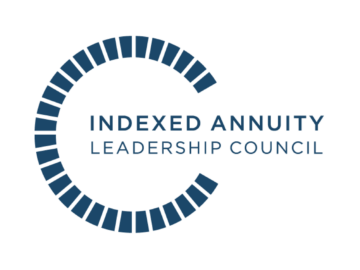How to reign in your retirement future Part 2: Full-time employees
Part one of our “reigning in retirement” series focused on the growth of the gig economy and tips for freelancers and entrepreneurs. But did you know that full-time employees should also consider how they can build their retirement portfolio, particularly now that the average American makes a career change every 4.1 years?
When moving between full-time jobs, consider retirement savings opportunities as well as salary and other employee benefits. You would be surprised how much your portfolio growth is affected when changing jobs. Even if you feel as though you are getting a better opportunity, your nest egg could be negatively impacted if you don’t consider several factors:
- Are you fully vested in your current company? If you only have a few months or even a year before becoming fully vested, consider delaying your employment change to take your employer contributions with you.
- Does the new company offer retirement savings plans such as a 401(k)? In addition to knowing if retirement plans are offered, consider whether you are allowed to contribute immediately or if there is a waiting period. After all, retirement savings is built through compounding interest, and having to wait six months or a year before you are allowed to contribute is lost potential savings.
- Does your new employer match your retirement contributions? These days company matching is not only commonplace but expected by employees, and it helps employers remain competitive in the war for talent. Many companies match nowadays. Therefore, it would be a missed opportunity to work for an employer who doesn’t also contribute to your plan.
- Are other financial wellness initiatives offered by your new employer that would make it attractive to move jobs? Today, employees expect their employers to play an active role in helping employees balance their holistic health—physical, emotional, financial, and mental wellness. Regarding your financial health, look to see if a potential employer is prioritizing financial wellness by adding Healthcare Savings Accounts and voluntary benefits such as portable life insurance and legal plans. Additionally, some companies still offer defined benefit retirement plans in addition to defined contribution plans.
While these are just some recommendations on what to consider in a prospective employer, full-time workers shouldn’t depend solely on employer-sponsored retirement plans to fulfill their retirement income goals. Some people desire to save more than the yearly IRS allotment, and a savvy planner should diversify their portfolio with non-employer-sponsored retirement products and solutions since diversification safeguards your portfolio from volatility and mitigates risk. Strategies to keep in mind include:
- Examining your long-term financial goals
- Leveraging a retirement calculator to assess whether you are on track for retirement
- Staying up to date on the latest financial trends
- Working with a financial planner to ensure the right mix of investments
- Safeguarding your future with guaranteed income from products such as a Fixed Index Annuity (FIA)
Be proactive with your future. You may be considering a career or job change because you feel it is the best decision for you but always consider how prospective employers align with your retirement planning strategy so that you can maintain a comfortable lifestyle later.





